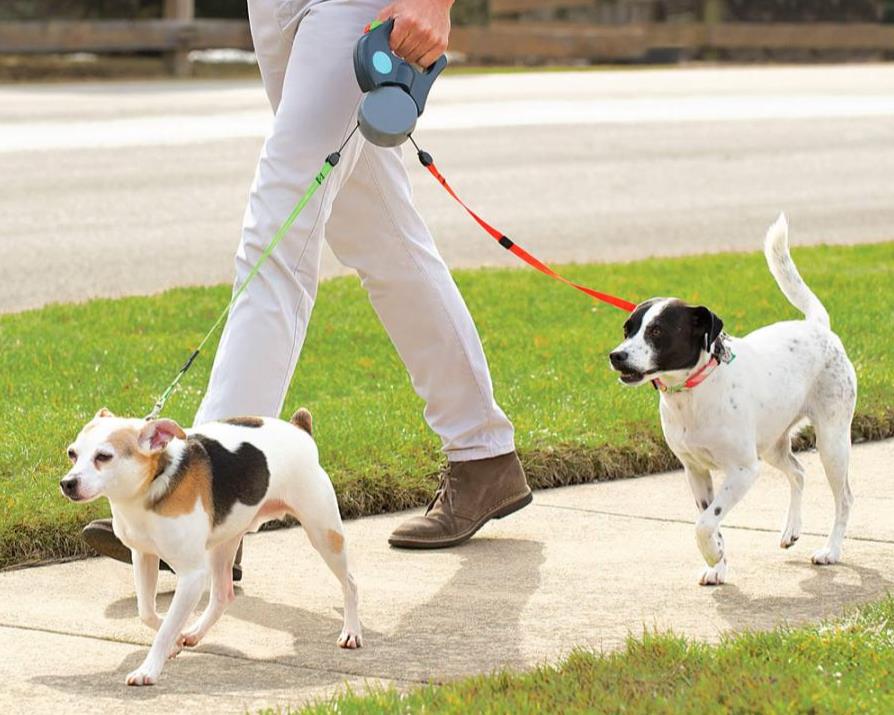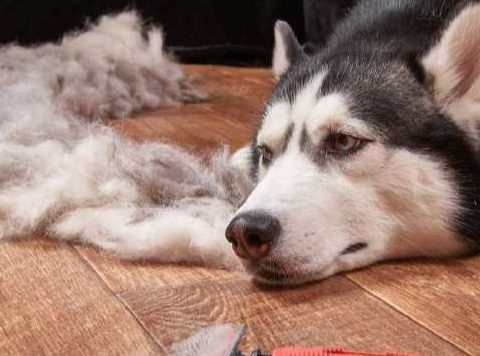Proper leash holding is the key to successful dog training.
For example, when a dog overtakes its owner and walks forward or in another direction, the leash is pulled at that instant to signal the passing of a stop, and then the leash is immediately slackened. This series of actions is accomplished in a very short period of time, so the correct way to hold the leash is extremely important.
First, the rope sheath is held tightly in the right hand with proper slack, and the rope is held in the left hand at the left waist. (The dog walks on the left.) The state of the rope should be slightly down from the dog’s collar, keeping a certain amount of slack.
The owner should always pay attention to whether the dog is in the correct position, whether the phenomenon of pulling the rope. Otherwise, the purpose of training will not be achieved.
One of the most common mistakes made in the training process is that, in order to keep the dog in the correct position, the leash is often pulled tightly, almost never relaxed.
In this way, often to the dog’s neck pressure, to correct the dog’s behavior, pulling the rope has no meaning, the dog has to distinguish the difference between the two.
Also, when training or walking out, the dog is to be next to the owner. This is the same position as when training the dog to walk forward. At the beginning of training, it is important that the dog first understands that he is a member of the family, but at the same time it is important that the dog remembers what position he should be in.
Generally, the dog’s position is on the owner’s left side, facing in the same direction (or on the right side if the dog is not used to the left side). The dog’s head and shoulders are usually at the owner’s ankle for small dogs, near the owner’s knee for medium-sized dogs, and between the knee and the waist for large dogs.
Keep the dog in the correct position, and when it is ready to move forward, backward or to the side, give a quick tug on the leash to correct it, and then immediately release the leash again.


